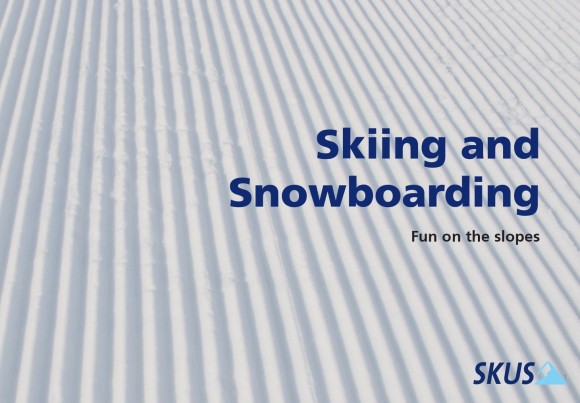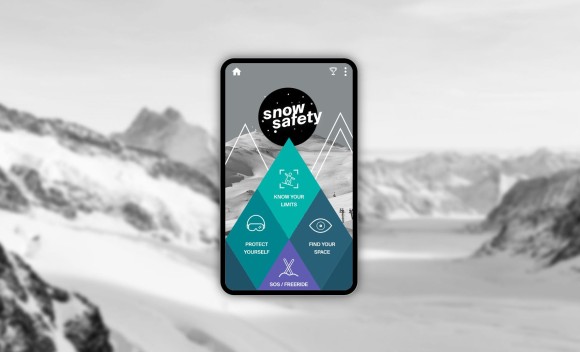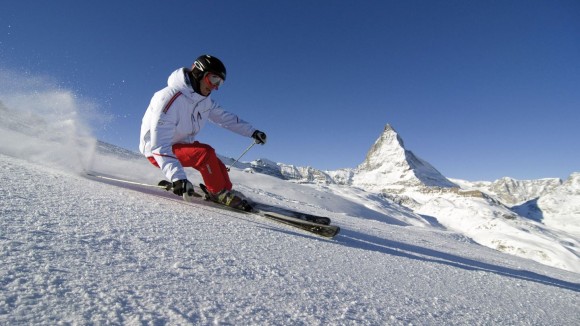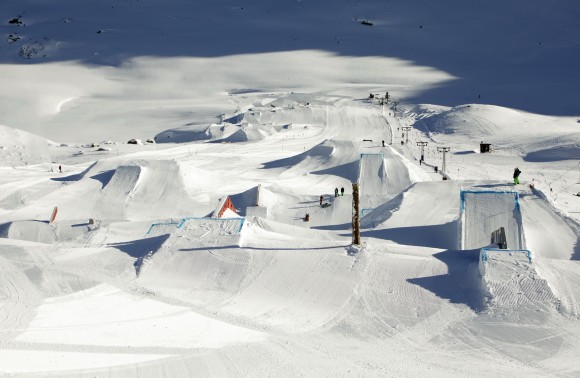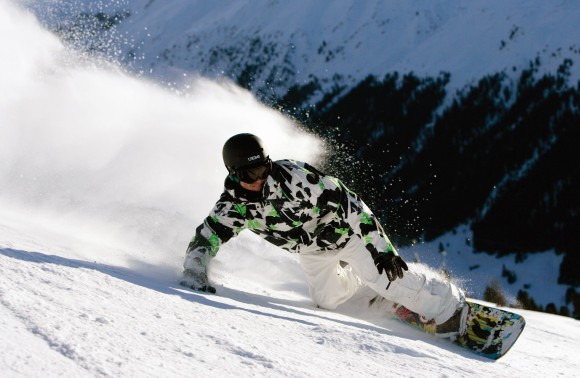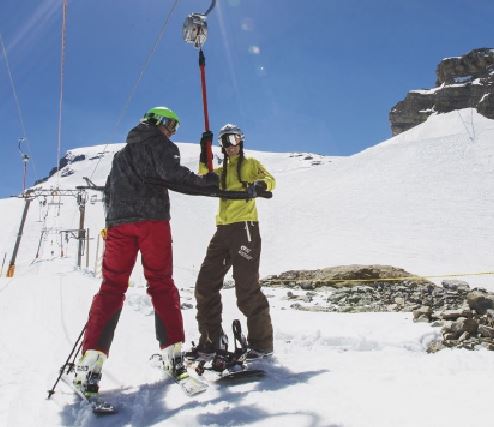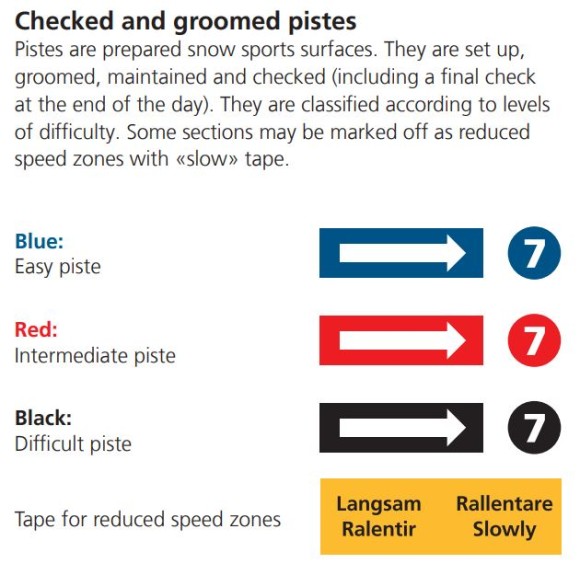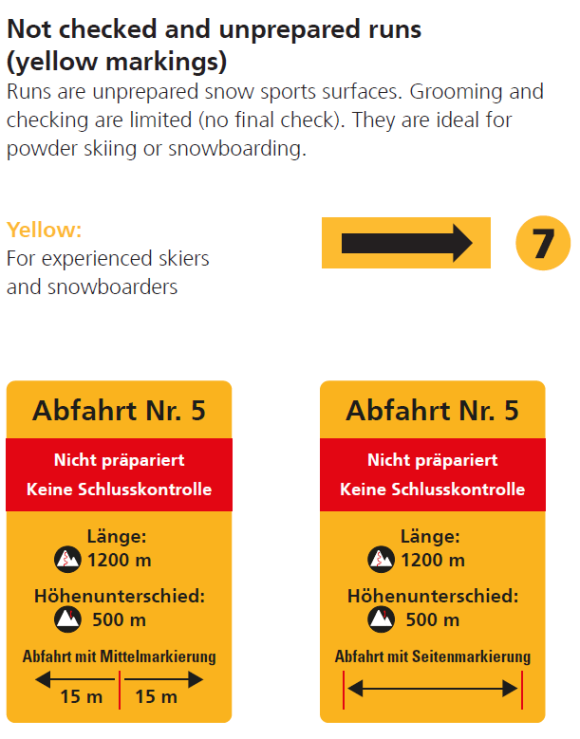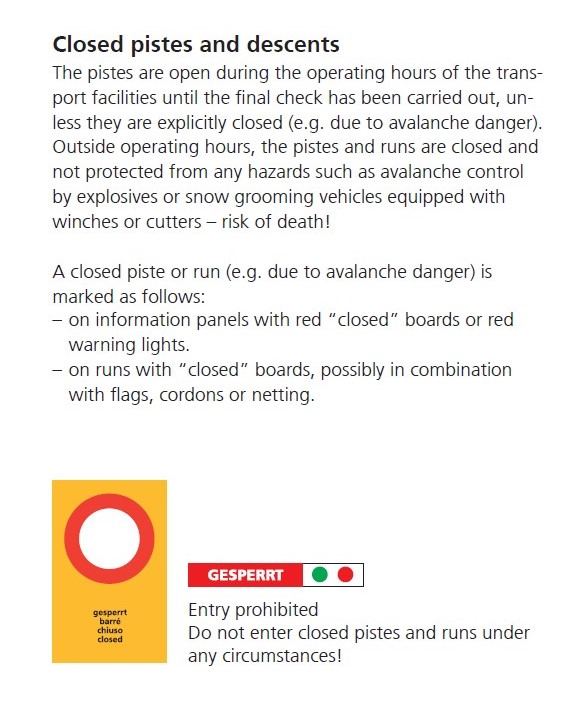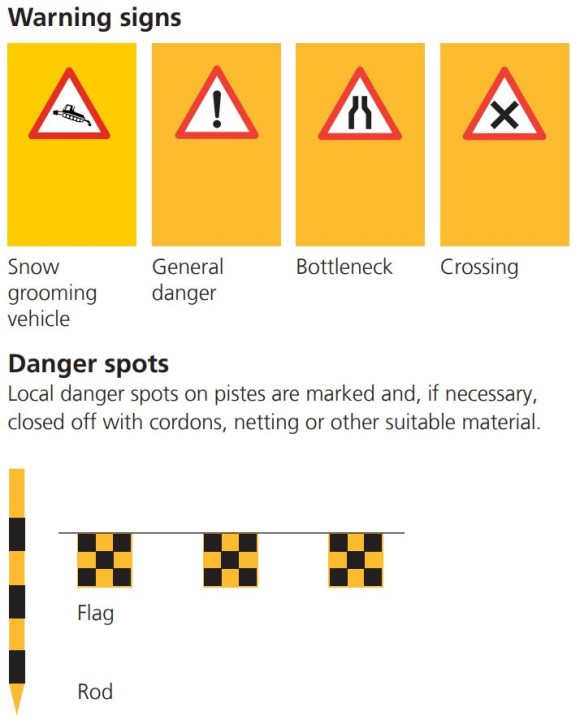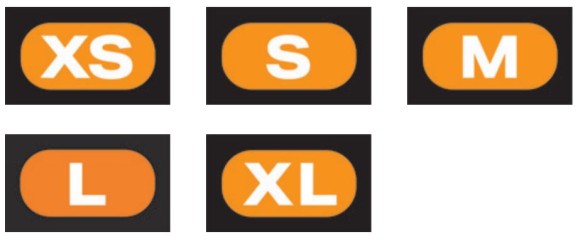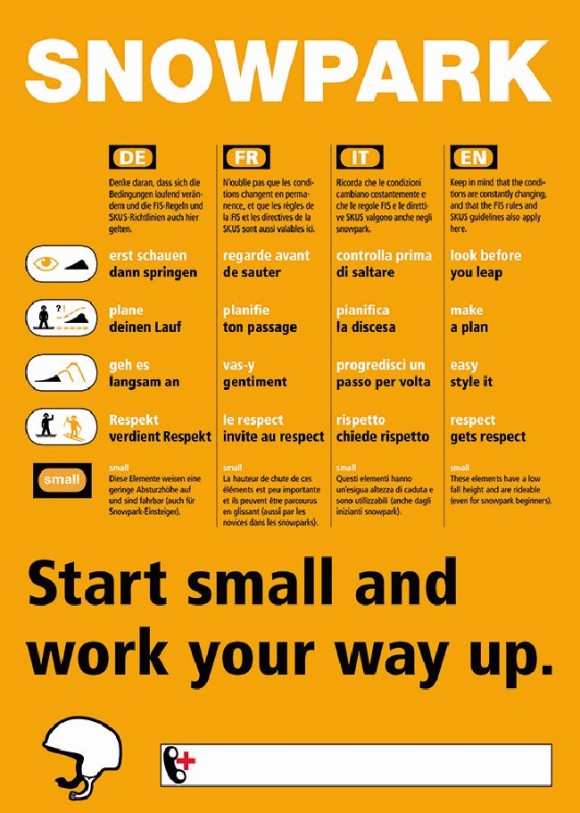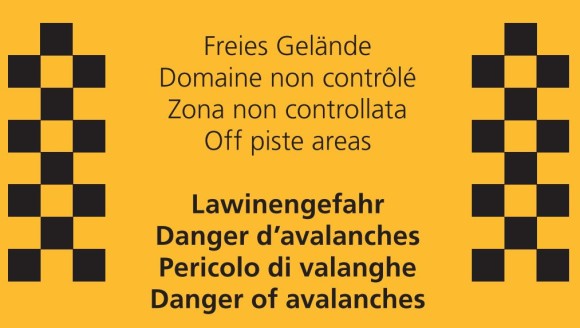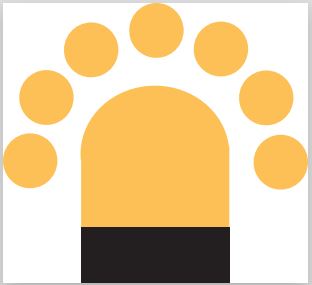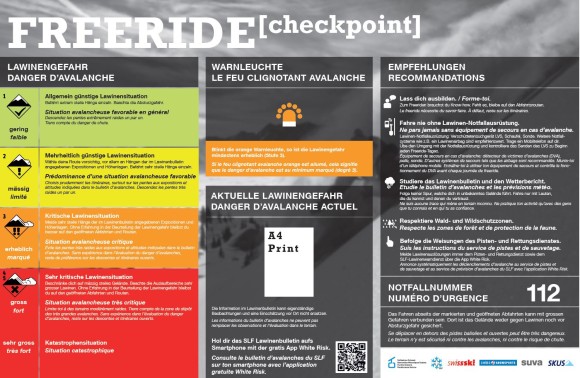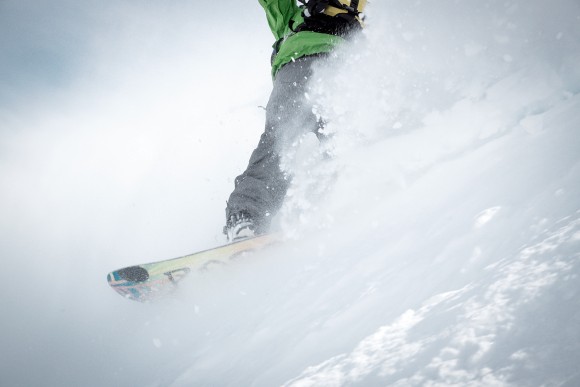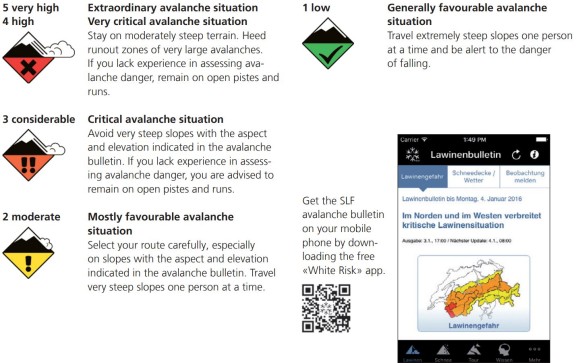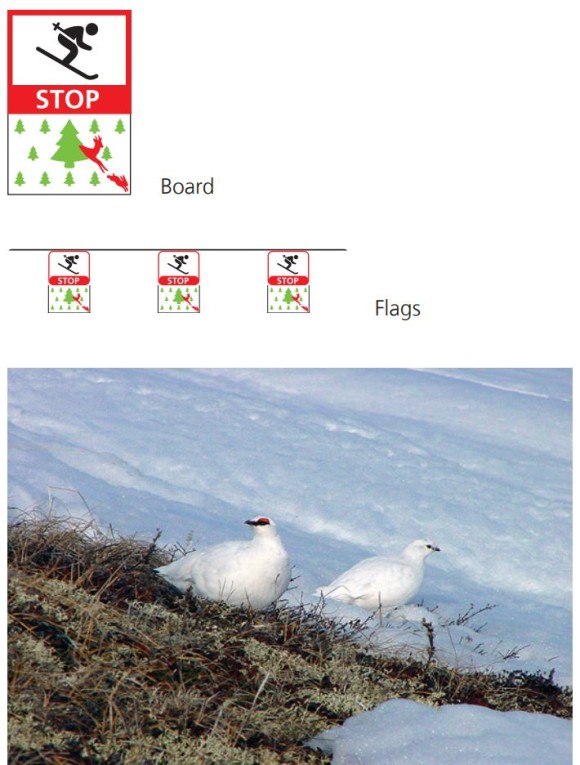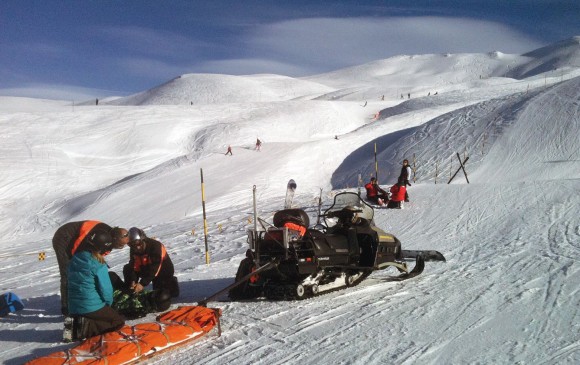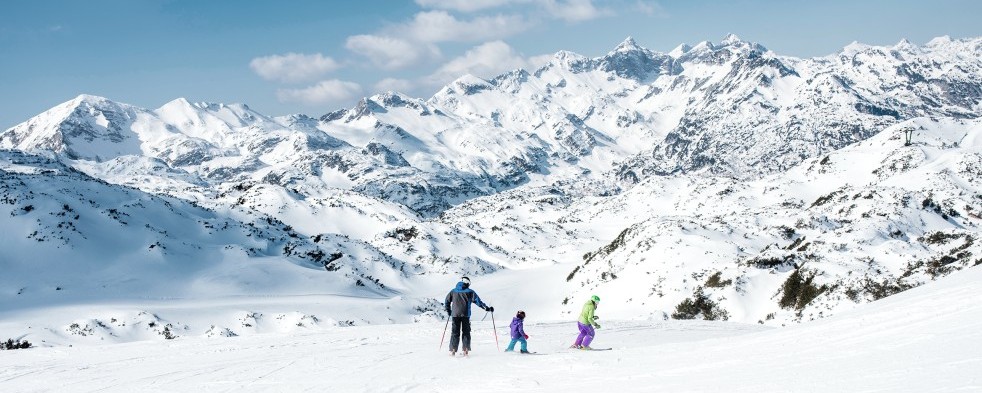
Skiing and Snowboarding
Guidelines to enjoy yourself to the max
Know
your limits
- Be
ready.
- Control
your speed.
- Take
a rest.
Protect
yourself
- Wear
a helmet.
- Protect
your body.
- Check
skis or snowboard.
Find
your space
- Give
others room.
- Stop
where you can be seen.
- Obey
all markings and signs.
Keep in
mind
- You
ski and snowboard at your own risk.
- Use
the marked and secured snowsports runs.
- Off-piste
areas that are not marked are not secured.
- Respect
nature conservation areas.
- It is recommended that snowboard beginners wear wrist
protectors.
Available via this link: snowsafety.ch
Keep track of the rules
On the following pages you will find the FIS rules of conduct and the SKUS guidelines for skiers and snowboarders. These apply to all users of snowsports facilities.
FIS Rules of Conduct for skiers and snowboards
The International Ski Federation (FIS) has compiled 10 rules of conduct. Comply with them and make a major contribution towards safety on the slopes.
Basic rule
1. Do not endanger or
prejudice others.
Moving rules
2. Move in control. Adapt your
manner of skiing or snowboarding and
speed to your ability and to the general
conditions on the mountain.
3. Do not impede the
route of the skier and snowboarder in front of you.
4. Leave a wide berth
when overtaking.
5. Look up the slopes
each time before starting and moving upwards.
Stopping / climbing
6. Only stop at the edge
of the piste or where you can be seen easily.
7. When climbing up or
down keep to the side of the piste.
Signs
8. Obey all signs and
markings.
Assisting in case of
an accident
9. Provide help and
alert the rescue service.
10. All persons involved
in an accident including witnesses must exchange
names and addresses.
Terrain park guidelines
Take safety along for the ride even on the most exhilarating runs:
- Look before you leap.
- Make a plan.
- Easy style it.
- Respect gets respect.
Start small and work your way up.
Additional guidelines for snowboarders
- Place your snowboard upside down (binding facing downwards) in the snow when not in use.
- Remove your back leg from the binding when using ski- and chairlifts.
Motor vehicles
Motor vehicles may be used during piste operating hours in exceptional circumstances. Follow these rules to avoid collisions:
- Motor
vehicles always have right of way.
- Keep
sufficient distance away.
- Stop
and signal clearly if you cannot avoid the vehicle.
Using mountain transport facilities
Cable car, ski lift and piste services ensure safe wintertime fun. Make an important contribution to snow safety by using these installations properly:
- Follow
the instructions of the operating staff and pay attention to signage.
- Children under 125 cm tall must be accompanied by an adult.
The accompanying adult
must be able to provide the necessary assistance.
- Chairlift: Close the safety bar, sit still, don’t disembark too soon.
- Tow lift: Keep in the track. If you fall, exit the track immediately.
Only disembark at
the terminal and leave immediately.
Markings and signage
Swiss piste and rescue services prepare, control, mark and secure more than 7500 kilometres of slopes. To move safely within these areas, it is important to know and comply with the following markings and signage.
Terrain parks
Terrain parks have various “lines” or features for snowboarders and skiers to ride. These lines or features are grouped into XS, S, M and L difficulty levels. Beginners should begin with an S line. Children under 6 years of age should preferably use XS features – this allows them to ride obstacles at a slower pace and try them out in a relaxed environment. XL elements (extra large) are reserved for experts.
Freeriding in open terrain
Open terrain away from snowsports facilities is neither marked nor secured against alpine hazards. You enter it entirely at your own risk.
Avalanche
danger
If the
avalanche risk is graded 3 “considerable” or higher, you will be warned by this
avalanche danger panel and the flashing avalanche warning light. Avalanches are
easily triggered from this level upwards.
When freeriding, make sure that you do not endanger other skiers or the infrastructure. Exercise particular caution on slopes that are situated above or within the catchment area of marked and open pistes and runs. You must expect to bear heightened responsibility in such cases. It is imperative to heed closures by the transport operators – obey the closure and do not leave the marked/open piste.
Education
Assessing
avalanche risk requires specific knowledge and experience. Take an avalanche
course – many mountain guides and other organisations offer them. Educate
yourself by reading the relevant avalanche literature or visit the interactive
platform whiterisk.ch.
Information
Make sure
you have current information on snow and weather conditions:
- Avalanche
bulletin at slf.ch, free SLF app «White Risk»
- Weather
forecas
- Freeride
checkpoints
- Ski
patrol and rescue services
Emergency
equipment
Carry an
avalanche transceiver (rescue beacon), probe and shovel. Additional emergency
systems, such as an avalanche airbag, are recommended.
Always carry a charged
mobile phone.
Avalanche danger scale and recommendations
The avalanche risk outside the secured slopes is assessed on a five-point scale.
Respect nature
Nature conservation areas
Nature provides open spaces for fabulous experiences. Treat it with due respect. Information panels show the nature conservation areas and wild animal protection zones that you may not enter. In open terrain, these areas are marked with adjacent signs.
Failure to comply may result in your lift ticket/snowsports pass being cancelled and a fine being imposed. Such violations may also be prosecuted under criminal law.
Assistance in case of an accident
You are obliged to provide assistance in the event of an accident.
Secure
the accident site
Mark it with crossed skis or post someone to warn others if
necessary.
Provide
first aid
Assess the state of the casualty, position them correctly, tend to
their wounds and protect them against the cold.
Alert
the rescue services
Report the place and time of the accident, the number of casualties
and the type of injury directly to the local rescue services or by phoning 144
(or 112).
Establish
the facts
Record the
accident circumstances, particularly in the event of a collision, and the
personal details of all those involved as well as the place and time of the
incident, location, snow and visibility conditions, markings and signage.
Snow safety
The aim of the Swiss Commission for the Prevention of Accidents on Snowsport Runs (SKUS) is to prevent accidents on snowsports facilities. The SKUS is made up of representatives of the major Swiss organisations involved in snowsports.
The SKUS guidelines are recognised by the courts and are binding for snowsports practitioners. The provisions in the legislation on risk activities also apply to professional snowsports activities in open terrain.
The SKUS guidelines are approved and recommended by:
- BFU, Swiss Council for Accident Prevention
- Federal
Office of Sport FOSPO
- Federal Office of
Transport FOT
- Intercantonal Concordat for Ropeways
and Skilifts IKSS
- Swiss National Accident
Insurance Fund Suva
- Swiss Aerial Cableways SBS
- Swiss-Ski
- Swiss Snowsports
- Swiss Transport Operators’ Association VöV
- Swiss
Federal Institute for Snow and Avalanche Research SLF
